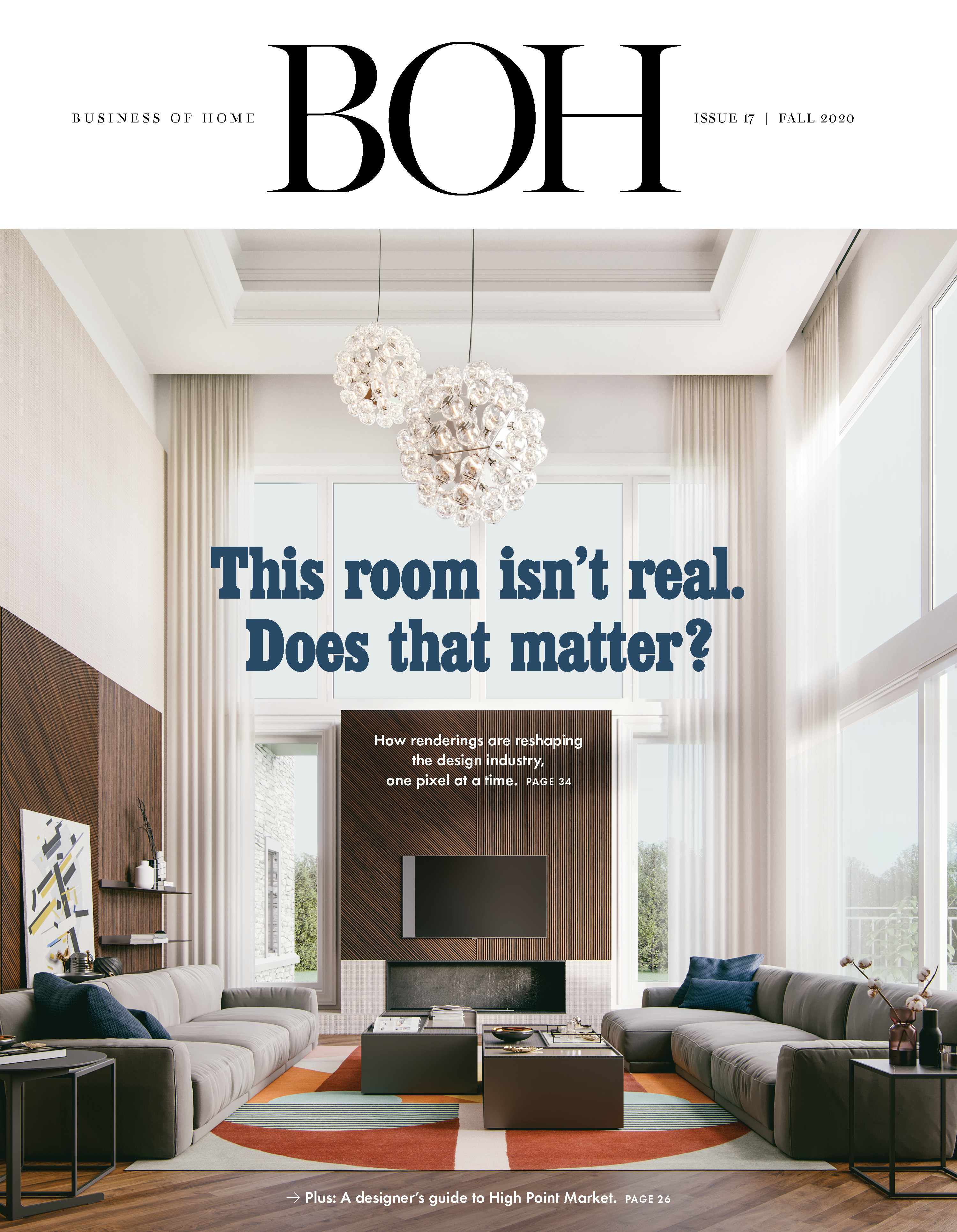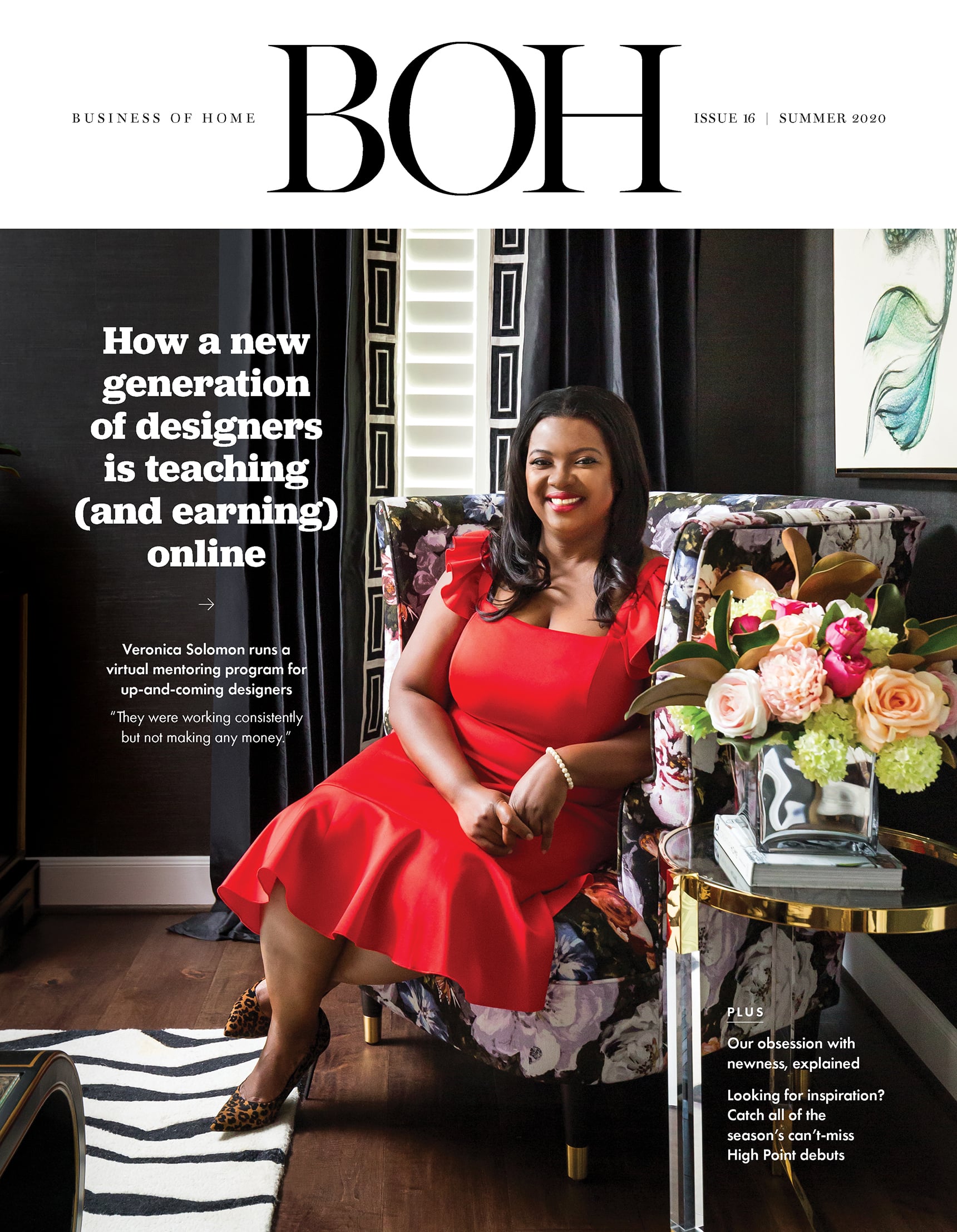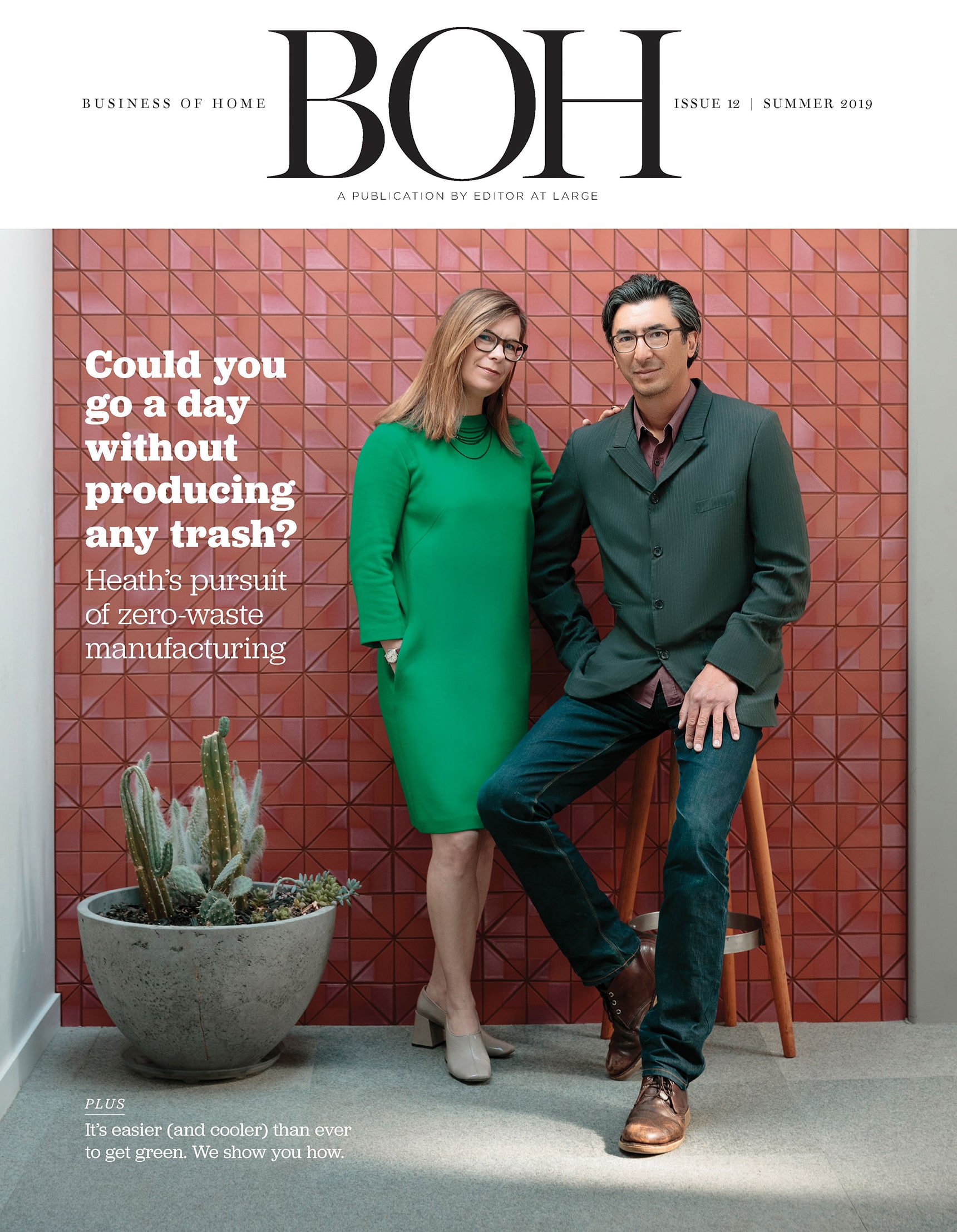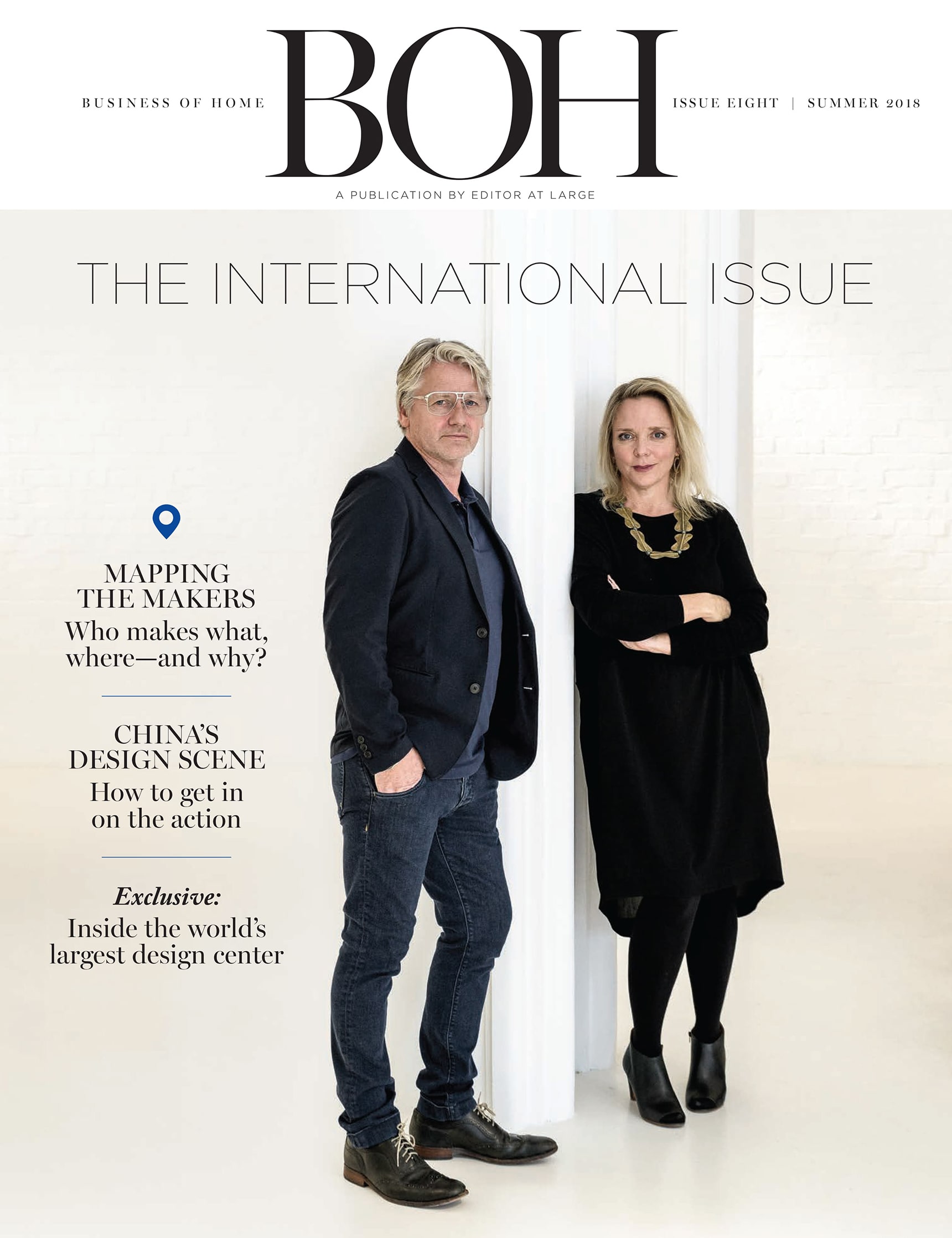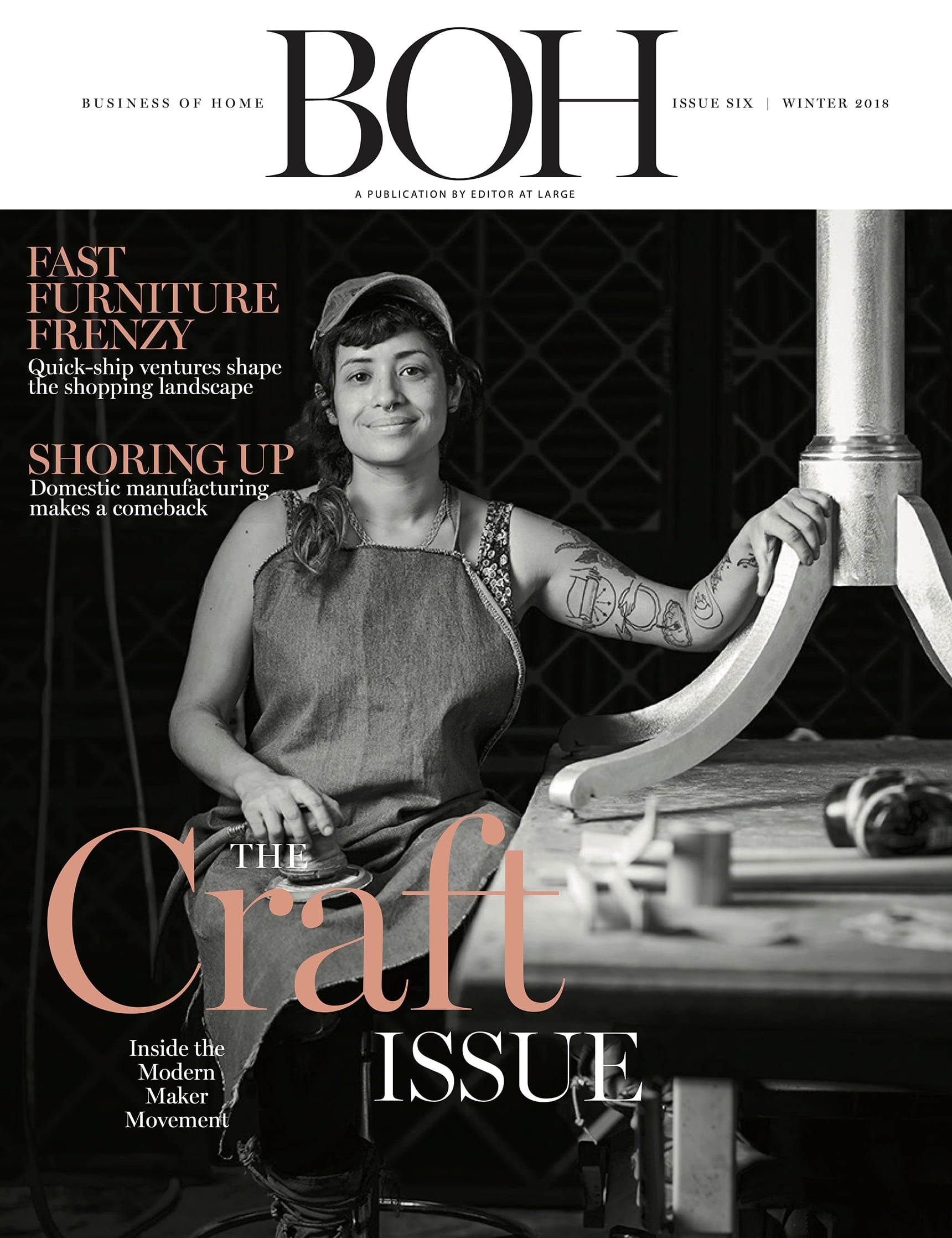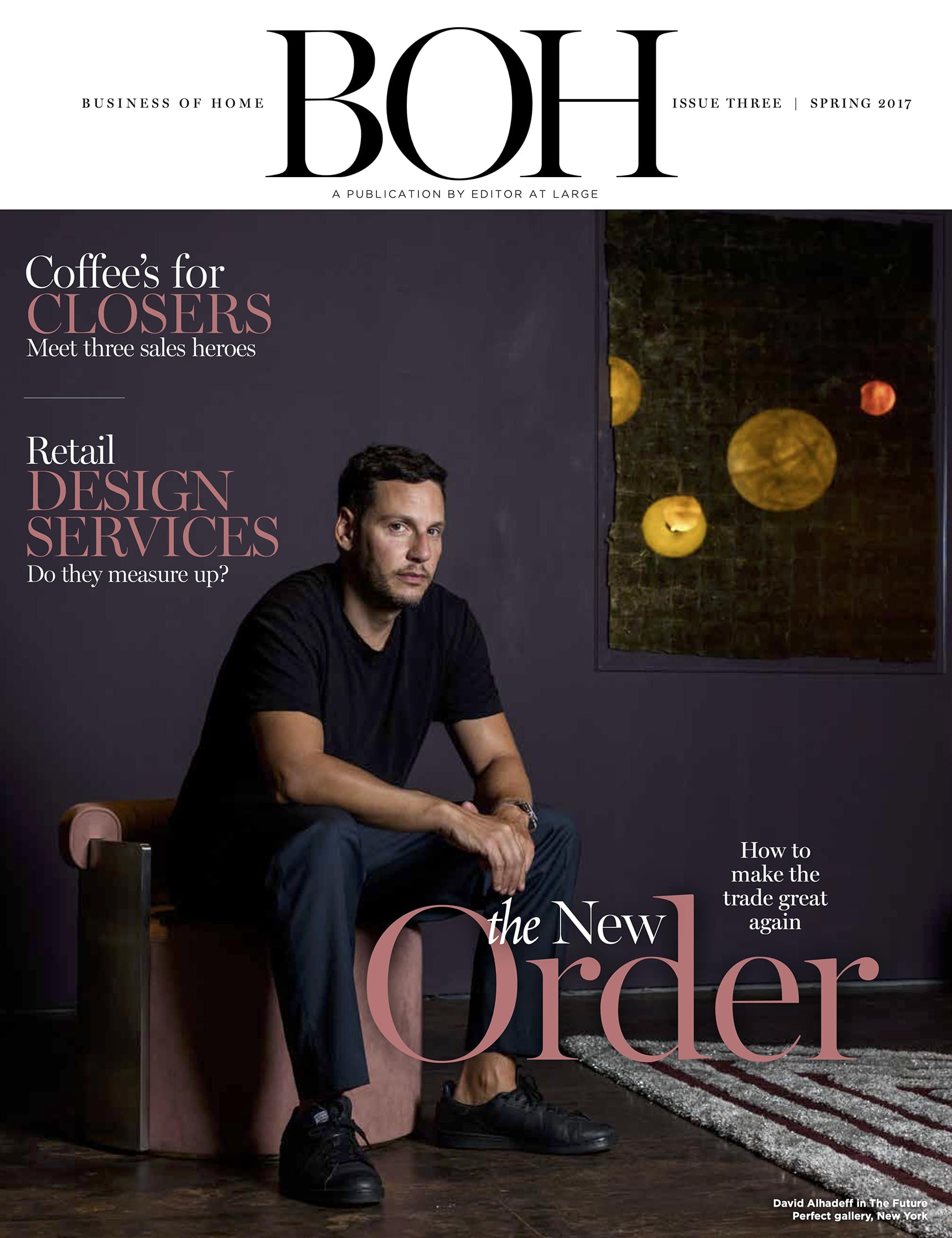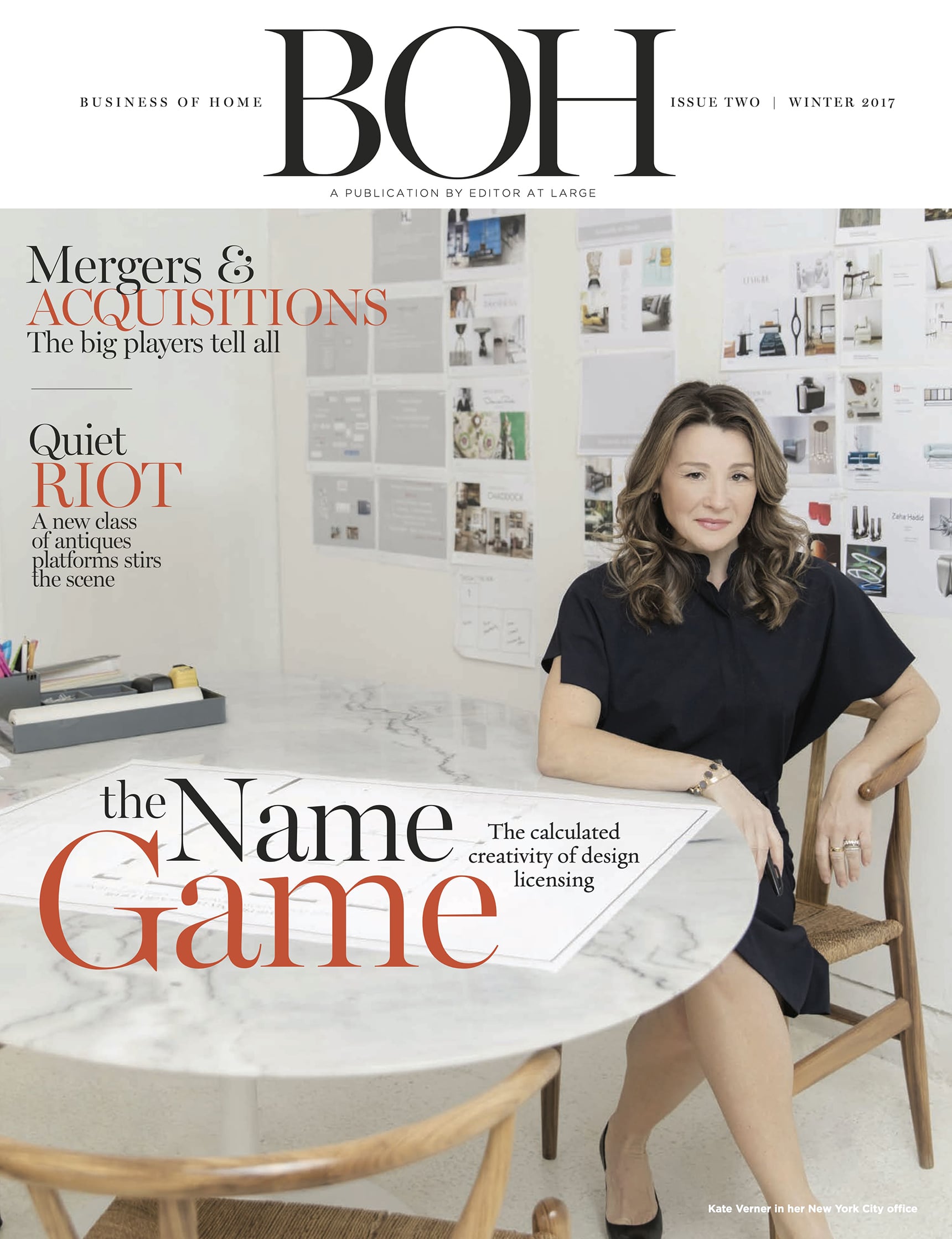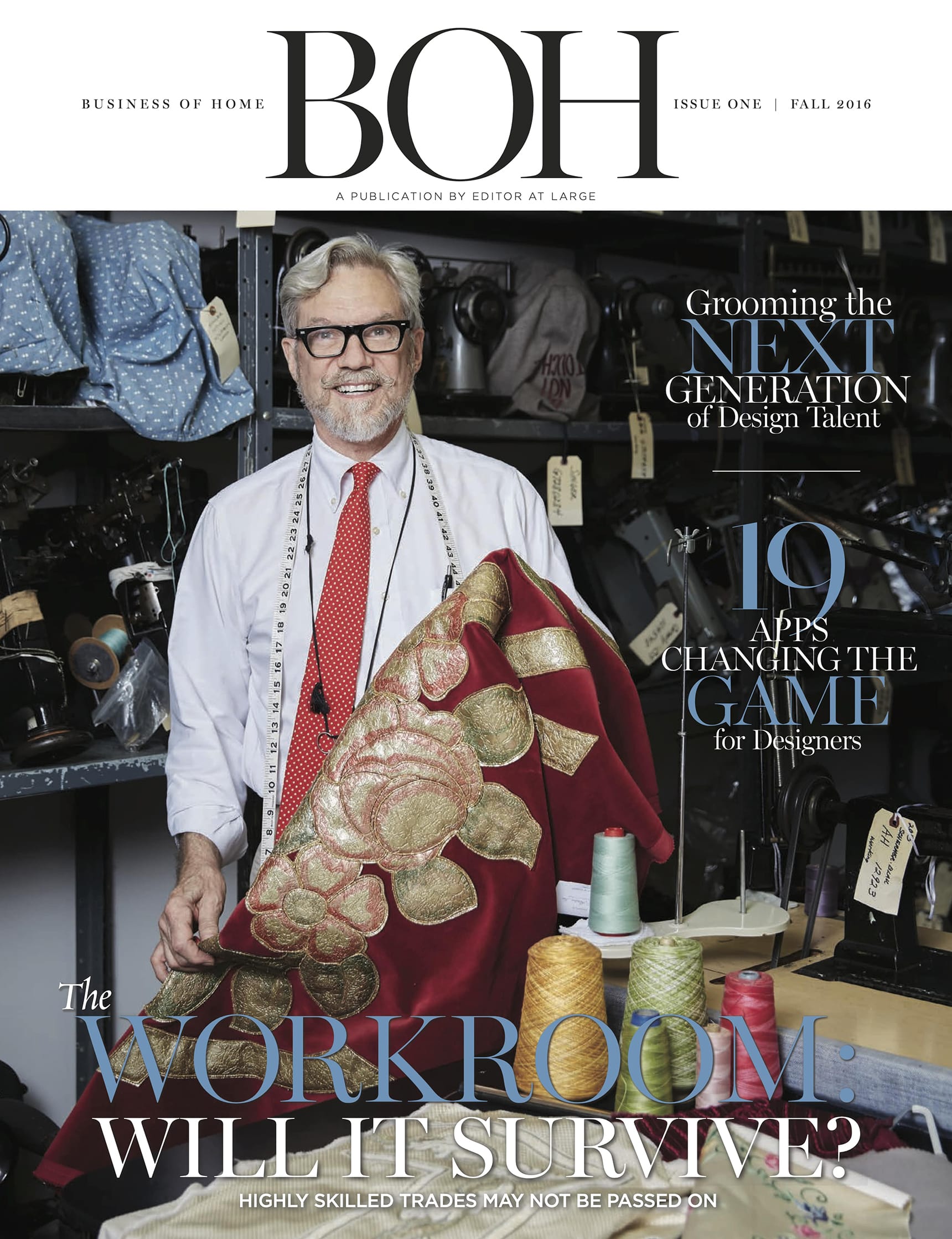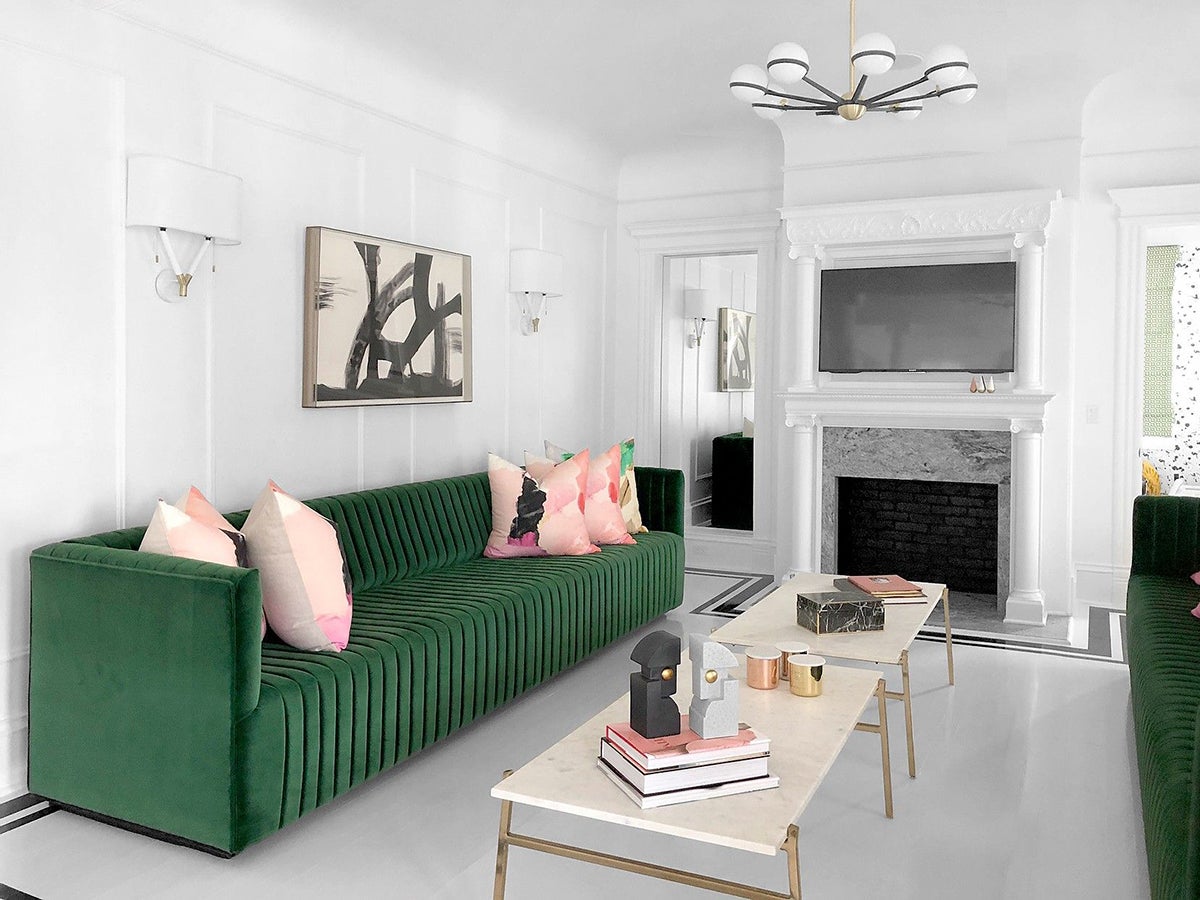Cara Woodhouse has the kind of problems most would love to grapple with. She’s built a buzzy design practice, she has 400,000 Instagram followers, she licenses with trade brands like Nathan Anthony, and her projects can be found in glossy shelter publications with familiar names. How to turn all that energy into a real e-commerce business? The answer: It’s complicated.

“At first, I was going to do the whole bespoke thing, but [my pieces are] so expensive, the average person can’t really afford to buy one,” she says, echoing a common struggle of designers who get into e-comm—it’s tough to find a price point that feels like a fit for affluent clients and Instagram followers alike. “Then my thought was to create a site that has a range of things that are more affordable and mix with the bespoke. But I was like, Does that represent my brand?” Woodhouse has dabbled in affiliate marketing as well, but ultimately didn’t find it worthwhile. “I was selling $60,000 worth of furniture in a week without really focusing on it, [and I started thinking] there’s definitely something to this,” she says. “But the commissions on those sales are so minimal—I was making peanuts. I stopped with that [because] I just don’t have time to do it.”
She then moved on to setting up drop-shipping relationships, which has its own hurdles. “There are so many factors that sway these furniture companies. Some of them want you to buy in bulk and they don’t want to drop-ship one-off things, and some of them are partnered with larger retailers, so they have to be careful with competition,” she says. “You have your whole website set up, but then they discontinue a piece, so you have to take that off your site. There’s so much that goes into it.”
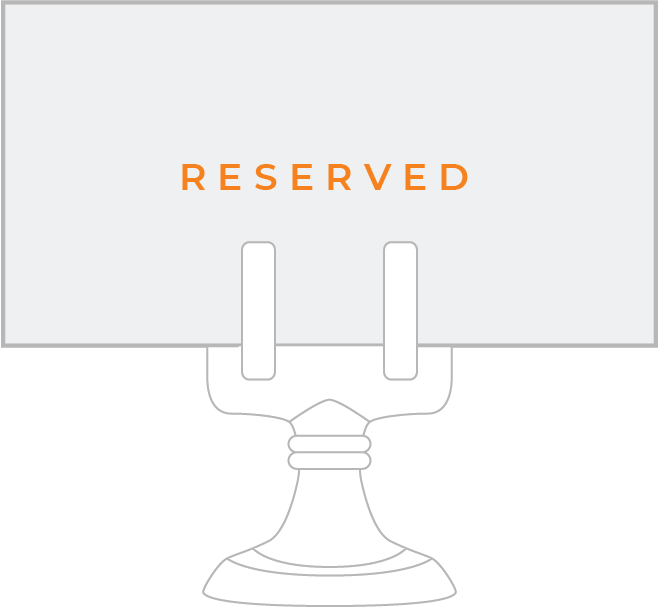
BOH subscribers and BOH Insiders.























